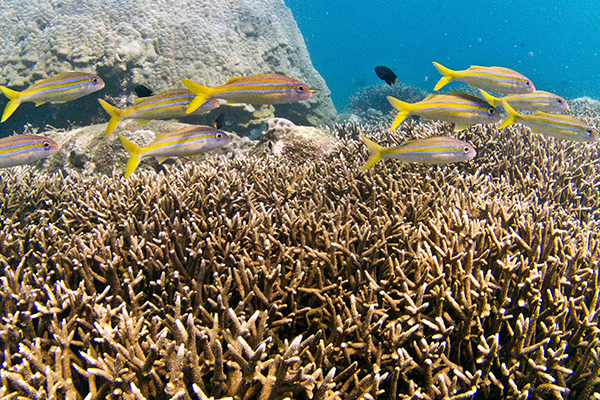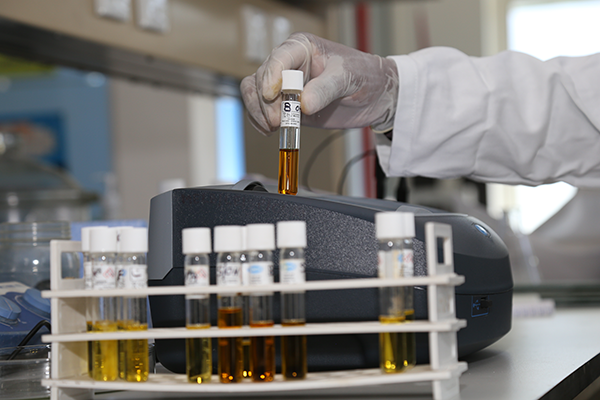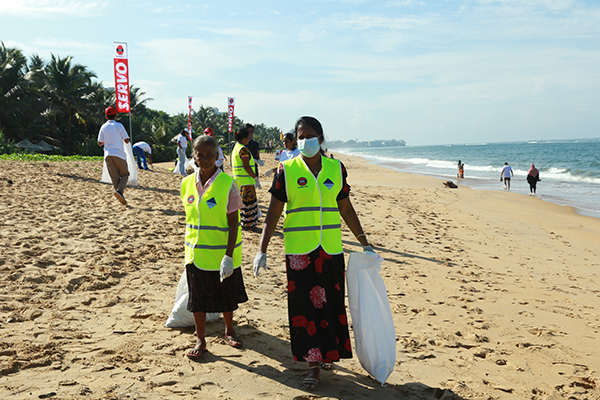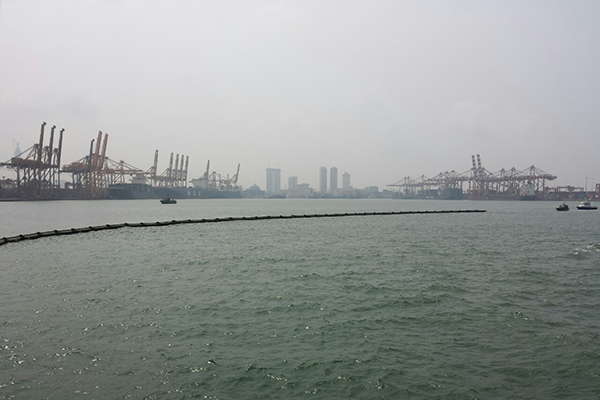Corals are the pinnacle of the beauty of the mighty oceans. The coral reefs have the highest biodiversity of any ecosystem on the planet, even more than a tropical rainforest. Despite occupying less than 5% of oceans, 25 percent of all marine species live in and around coral reefs giving them the nickname “the rain forests of the seas.”
Coral reefs are underwater ecosystems formed by the accumulation of coral polyps, belonging to the Class Anthozoa of phylum Cnidaria. Coral reefs are important to planet Earth for several reasons; providing habitats to marine species, serving as part of the food chain, acting as key indicators of overall ocean health, providing a variety of economic benefits, including recreational activities, tourism, coastal protection, habitat for commercial fisheries, and preservation of marine ecosystems.
However, it is so unfortunate that the health of these wonderful marine ecosystems is threatened by overfishing, coral bleaching, rising temperatures in oceans, and other human interactions. If the current situation continues as usual to threaten the existence of coral reefs, it is more likely to cause major changes to coral reefs over the next few decades and centuries and if not preserved well, the Earth will forever lose these immense ecosystems forever.
Like most tropical islands, Sri Lanka possesses However it’s a tragic fact that they are found to be more vulnerable to pollution and other environmental factors. As the MEPA, responsible for the protection of the coastal zone of our country, we initiated replanting of coral reefs in Kayankerni and Mirissa areas in 2017. Coral boulders were placed, and a few species of corals were transplanted in Mirissa with our initiative. The main objectives of this project are to introduce a suitable method for coral replanting for selected areas and improve the coral ecosystem in order to ensure the sustainability of the fisheries and the coastal tourism industry in Sri Lanka. Similarly, this pilot project was conducted to determine the feasibility of replanting for the restoration of coral ecosystems. Then as the Mirissa reef is almost damaged by extensive anthropogenic and natural impacts, corals were replanted on coral boulders that were made using cement, and coral fragments were placed in holders of boulders. Reef environments were monitored to determine the survival and growth rate of newly planted corals.
Similarly, in 2019 two places were selected from Trincomalee district to restore coral reefs and in 2020 two sites were proposed from Northwestern and Northern Province to carry out this project further.
This project was considered a pilot project, and if it is successful, this research will be repeated in other areas of Sri Lanka for the restoration of coral reefs. Accordingly, the restoration of corals using reef balls on the damaged reef in Mirissa and Kayankerni was started in 2017 and continuous monitoring was done up to 2018 and unsuccessful or damaged reef balls were restored with live corals throughout the period. The average survival or live percentage of coral nubbins in boulders was 65%, while average mortality was 35%. Reef fish also have shown signs of succession by attracting towards the newly planted reefs. 25 Species that were aggregated with coral boulders were recorded during the study period. Accordingly, it is important to monitor the growth progress of replanted corals to determine the success of the replanting program.
Establishment and implementation of an Inter-Agency Coordination Mechanism to Protect Kayankerni reef
The Kayankerni reef is an alluring but obscure reef, situated between Valachchane and Vakare next to Pasikuda reef in the Batticaloa district. This reef is very rich in biodiversity, providing a home for many living coral species. Currently, 51 species of coral, 9 species of algae, 3 species of seagrass, 115 species of invertebrates, 206 species of fish, and 2 species of sea turtles have been recorded from the ecosystem associated with the Kayankerni reef.
Kayankerni reef takes a significant place among a handful of live coral ecosystems that remain within Sri Lanka. This ecosystem has long been a popular destination for the ornamental fish industry and has now faced a risk of being destroyed due to marine pollution occurring as a result of improper discharge of waste, usage of illegal fishing gear, and unauthorized tourism.
Under the patronage of the Marine Environment Protection Authority and the Department of Wildlife Conservation with the participation of stakeholders, an Inter-Agency Coordination Mechanism is carried out, with the aim of protecting this highly valued ecosystem through proper management and passing it on to future generations. The main objective of this program is to formulate and implement a management plan for carrying out a long-term program to protect this marine ecosystem from pollution that occurred due to improper disposal of waste, unauthorized fishing gear, and informal tourism, with the initiative of the Kayankerni fishing community under the guidance and coordination of stakeholder governmental and non-governmental organizations. Accordingly, the integration of those institutions will enable the program to be implemented more sustainably. Department of Wildlife Conservation, Central Environmental Authority, National Aquatic Resources Research and Development Agency (NARA), Sri Lanka Navy, Coast Guard Department, Coast Conservation and Coastal Resource Management Department, Fisheries Department, National Aquaculture Development Authority of Sri Lanka, Ministry of Tourism, IUCN institute, UNDP institute, and Blue Resources Organization act as the stakeholders of this Mechanism.
As the first step of this program, the Kayankerni coral reef was declared a Marine Conservation Zone at the Batticaloa district- “Rata Wenuwen Ekata Sitimu” program on the 11th of April 2019. Mapping the Kayankerni coral reef with the help of GPS data and studying the diversity of the reef were done as the initial activities of this program. A series of awareness programs for public officers were also conducted. Related to this, the District Secretary conducted an awareness program for all public officers at the District Secretariat, Batticaloa. Also, an awareness program was conducted for the people of the area and a youth team was formed in order to protect the Kayankerni coral reef. It is hoped to train this team more thoroughly in future programs to further protect the Kayankerni coral reef and associated ecosystem in a more organized method.
Finally, it is everyone’s responsibility to protect and heal these wonderful ecosystems while enjoying the beauty of these colorful underwater habitats.







